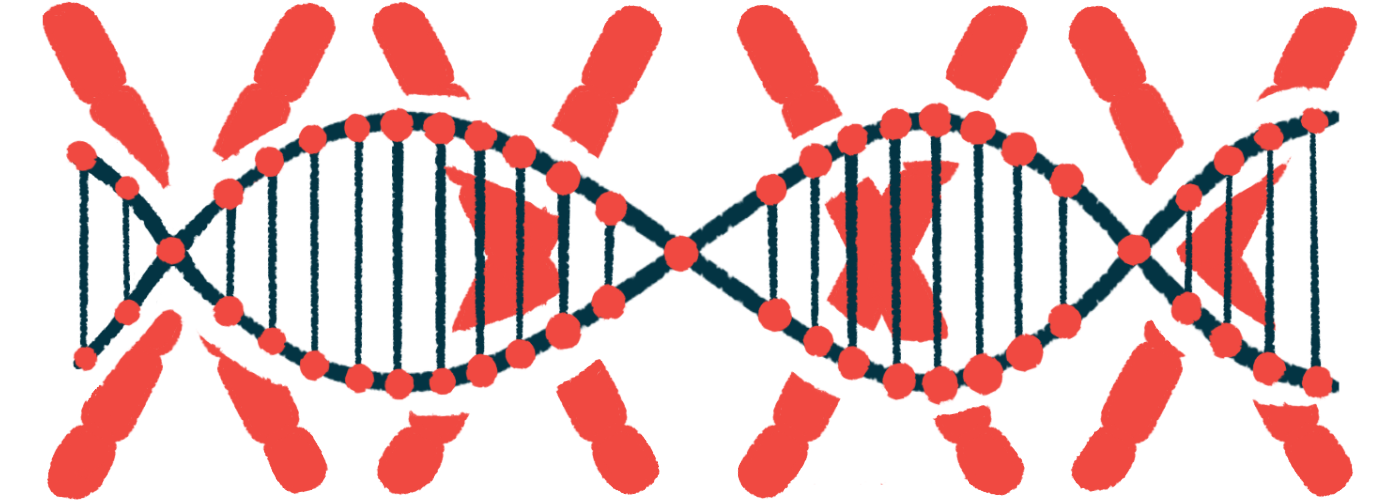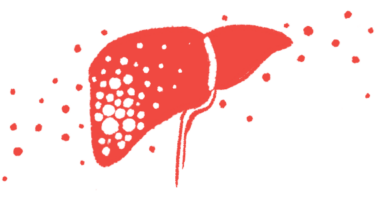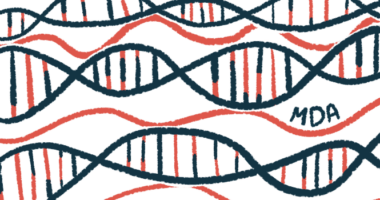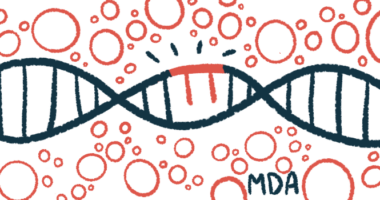Study examines side effects observed with SMA gene therapy
Researchers note the need for further study and ongoing monitoring

Serious side effects that can cause or prolong hospital stays occurred frequently among children with spinal muscular atrophy (SMA) who are receiving treatment with the gene therapy Zolgensma (onasemnogene abeparvovec-xioi), a new study of real-world safety data highlights.
Specifically, according to the researchers, more than half of all reported adverse reactions were deemed to be serious.
Zolgensma is a one-time treatment that delivers a healthy copy of the SMN1 gene, which is defective in SMA, to the body’s cells. In Europe, where this study was conducted, it’s approved to treat children with SMA weighing up to 21 kg (about 46 pounds).
The gene therapy has been proven to dramatically improve outcomes for children with SMA, especially when given early in the course of the disease. But like any treatment, Zolgensma can cause side effects — in particular, the gene therapy is known to carry a risk for serious liver damage.
“Although Zolgensma therapy has proven to lead to functional improvements in SMA children, some gaps in its safety profile still need to be investigated,” the researchers wrote.
Their study, “Real-World Safety Data of the Orphan Drug Onasemnogene Abeparvovec (Zolgensma) for the SMA Rare Disease: A Pharmacovigilance Study Based on the EMA Adverse Event Reporting System,” was published in Pharmaceuticals.
Scientists investigated side effects of Zolgensma gene therapy per database
The team of researchers, from Italy, was seeking to better understand the potential side effects of the gene therapy Zolgensma, marketed by Novartis Gene Therapies. The company was not involved in this study.
To that end, the researchers analyzed 661 safety reports related to the treatment, as recorded in the European pharmacovigilance database between 2019 and 2023.
A limitation of this analysis, the scientists highlighted, is that it only included reports documented in the database — meaning it’s possible there were other safety issues not documented, but also that it’s impossible to say how common any of these issues were with respect to the total number of patients given Zolgensma.
The most common side effects documented in the reports were fever, vomiting, low counts of platelets (cell fragments that help blood to clot), and signs of liver damage — all of which are well-established side effects of Zolgensma.
In more than half of the reports, side effects from Zolgensma were judged to be serious. In 21% of cases, side effects led to a prolonged stay in the hospital. A little more than 4% were deemed to be life-threatening.
The results of our study confirmed hepatoxicity [liver toxicity] as the principal issue emerging from Zolgensma use in clinical practice.
The total rate of deaths among all the reports was 4.7%, the most common causes being were acute liver failure, heart failure, and respiratory failure. The researchers noted that liver failure is well established as a rare but life-threatening side effect of Zolgensma, highlighting the importance of appropriate care to minimize the risk of liver damage from the gene therapy.
“The results of our study confirmed hepatoxicity [liver toxicity] as the principal issue emerging from Zolgensma use in clinical practice,” the researchers wrote.
For patients who died from heart or respiratory problems, the researchers said it’s harder to draw a conclusion about cause and effect. Specifically, while it is possible Zolgensma could contribute to heart or lung problems, these issues also may arise due to SMA itself, thus making it impossible to say whether these were therapy side effects or consequences of the underlying disease.
Regardless of the cause, the findings highlight that heart issues can occur in SMA patients given Zolgensma, so “cardiac monitoring is also important,” along with liver monitoring to ensure patients’ safety.
“Further studies and continuous monitoring are therefore necessary for SMA gene therapy, as an important and expensive therapeutic strategy for a rare disease. The systematic and spontaneous collection of post-marketing data is even more fundamental in the context of such rare diseases and orphan and innovative drugs such as Zolgensma,” the researchers concluded.








